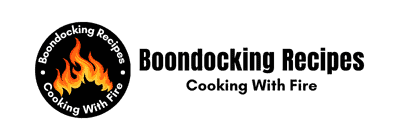Easy Cast Iron Cooking On the Grill
Just in time for summer grilling season, mastering the art of cast iron cooking on the grill can take your outdoor cooking game to the next level. Cast iron pans offer a versatile and efficient way to achieve the perfect sear and cook your favorite dishes with ease. In this guide, we’ll explore the benefits of cast iron cooking on the grill, different ways to grill using a cast iron pan, crucial tips for successful grilling, and proper care techniques to ensure your cast iron pan lasts a lifetime. With the right tools and knowledge, you’ll be do cast iron cooking on the grill for some mouth-watering dishes in no time.
Key Takeaways:
-
- Food Doesn’t Stick: Cast iron cooking on the grill helps prevent food from sticking to the grates, offering a more non-stick cooking surface.
- Versatility: Cast iron pans can be used for a wide variety of foods on the grill, from breakfast favorites to grilled desserts.
- Even Cooking Temperature: Cast iron pans provide an even cooking temperature, absorbing and distributing heat evenly for consistent cooking results.
- Ways to Grill with Cast Iron: You can use a cast iron pan over the fire or directly on the grill depending on your preference and the type of foods you are cooking.
- Tips for Cast Iron Cooking On the Grill : Monitor heat levels, try different foods, grill and sear meats for optimal flavor, and keep cooked food warm using your cast iron pan.
- Caring for Your Pan: Proper cleaning, seasoning, handling, and rust prevention are vital for maintaining the longevity and performance of your cast iron pan.
- Author Expertise: Laurel Rodgers, the creator of Boondocking Recipes, is known for her fire cooking journey and guarantees delicious results with her recipes
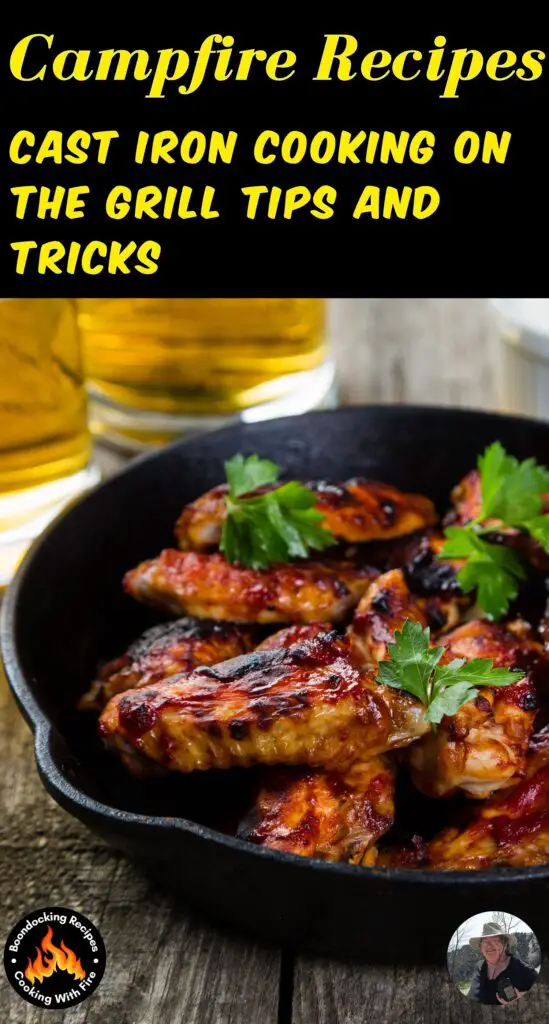
FAQ For Cast Iron Cooking On the Grill
Why should I use cast iron on my grill?
Cast iron cooking on the grill several benefits such as even cooking temperature, versatility, and food not sticking to the pan. It can enhance the flavor of your food and prevent delicate items from slipping through the grill grates.
How do I grill with a cast iron skillet?
Grilling with a cast iron skillet can be done in two common ways. You can place the cast iron pan directly over the fire for barbecues, cookouts, and camping trips. Alternatively, you can use a cast iron grill directly on the grill grates for a more traditional grilling experience.
How do I care for my cast iron pan after grilling?
To properly care for your cast iron pan after grilling, make sure to clean it thoroughly after each use, season it regularly to maintain its non-stick quality, handle it with care as it gets hot, and remove any rust that may appear with steel wool and re-seasoning.
Other Posts You May Like
Cast Iron Skillet Breakfast For Beginners
Best Seasonings for Grilling Meats
A Guide to The Best Outdoor Cooking Equipment
Types of Cast Iron Cookware for Grilling
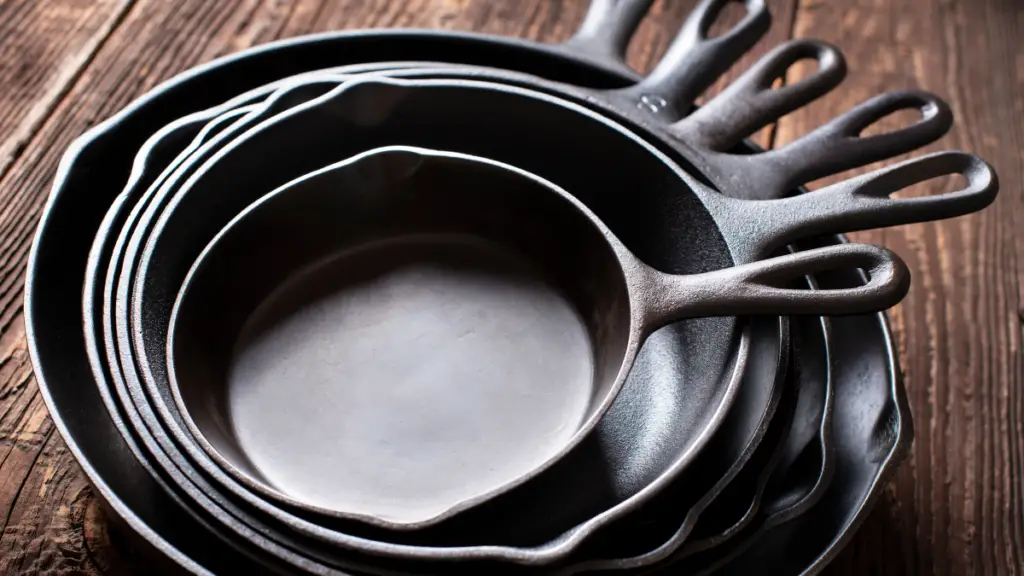
There’s a wide variety of cast iron cookware options available for grilling enthusiasts. Understanding the different types of cast iron pans and skillets can help you choose the best option for you cast iron cooking on the grill needs. Knowing the specific features and benefits of each type of cast iron cookware will enhance your grilling experience and allow you to diversify your cooking techniques.
Traditional Cast Iron Skillets
On the quest for the perfect sear on your steaks or the ideal char on your vegetables, traditional cast iron skillets are a must-have for any grilling aficionado. These classic skillets offer even heat distribution and retention, ensuring consistent cooking results every time you fire up the grill. Seasoned properly, they become naturally non-stick, making cleanup a breeze after a flavorful grilling session.
Cast Iron Grill Pans and Griddles
Cast iron grill pans and griddles are designed specifically for grilling purposes, featuring ridges for attractive grill marks and efficient fat drainage. These versatile pieces of cookware allow you to use cast iron cooking on the grill options for a wide range of foods that might otherwise fall through the grill grates, such as delicate fish fillets or small vegetables. The heat retention and distribution properties of cast iron ensure that your grilled dishes are perfectly cooked every time.
The use of cast iron grill pans and griddles expands your grilling repertoire, enabling you to experiment with various cooking techniques and recipes. Whether you’re searing a steak, grilling shrimp skewers, or sautéing vegetables, these specialized cast iron pieces elevate your grilling game to new heights.
Cast Iron Dutch Ovens for Grilling
Grilling with a cast iron Dutch oven adds a whole new dimension to your outdoor cooking experience. These durable and versatile cookware pieces are ideal for slow-cooking meats, braising vegetables, or preparing hearty stews directly on the grill. Cast iron Dutch ovens excel in retaining moisture and flavors, resulting in tender and succulent dishes that are sure to impress your guests.
Dutch ovens for cast iron cooking on the grill are a game-changer when it comes to outdoor cooking. With their ability to withstand high temperatures and distribute heat evenly, these versatile pots open up a world of possibilities for grilled dishes that go beyond conventional barbecue fare.
Preparing Your Cast Iron for the Grill
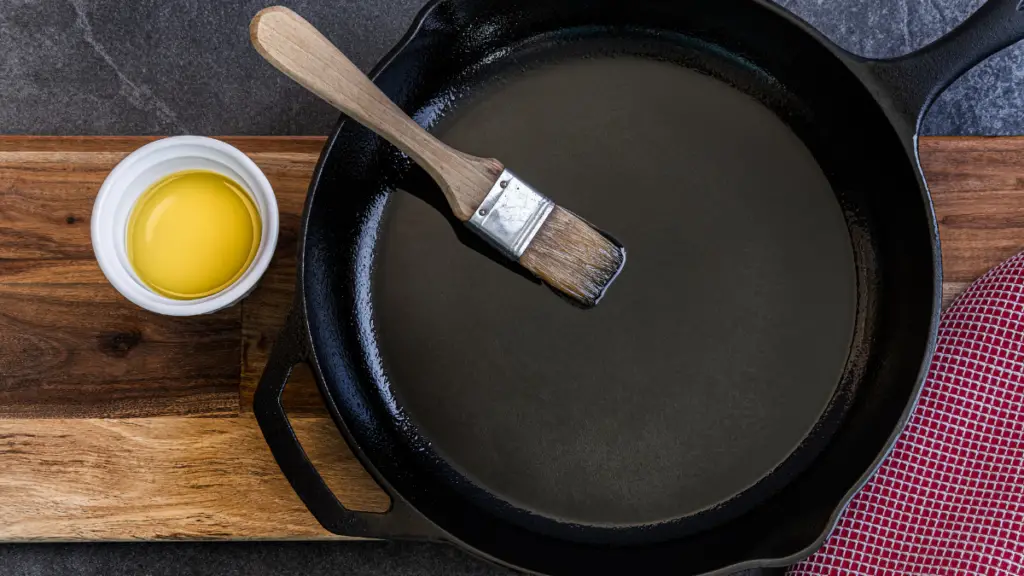
Seasoning Your Cast Iron Cookware
For optimal grilling results with your cast iron cookware, proper seasoning is key. Cast iron needs to be seasoned to create a protective layer that enhances its non-stick properties and prevents rusting. This process involves coating the pan with oil and heating it to create a polymerized layer on its surface.
Tips for Preheating Cast Iron on the Grill
There’s a technique to preheating cast iron on the grill that can make a significant difference in your cast iron cooking on the grill recipes. Start by placing your cast iron pan on the grill while it heats up, allowing the pan to gradually come to temperature. This ensures even heat distribution and prevents hotspots that can lead to uneven cooking.
Step-by-Step Guide to Grilling with Cast Iron
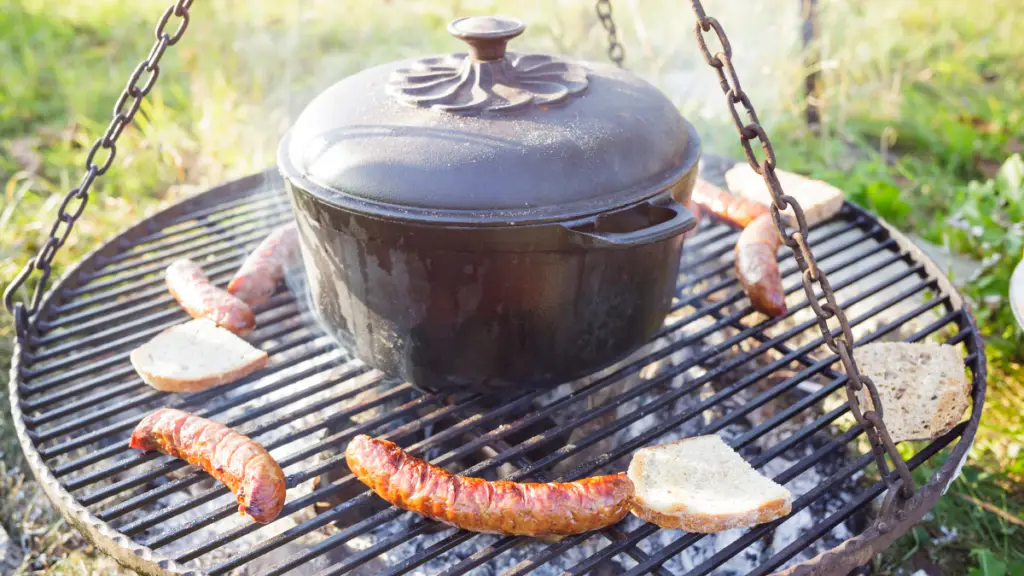
Grilling Meats to Perfection |
Cooking Vegetables and Side Dishes |
| Assuming you’ve preheated your grill and seasoned your cast iron skillet, start by placing your meats on the preheated skillet. Searing each side for a few minutes will lock in the juices and create a beautiful crust. Monitor the internal temperature of the cuts to ensure they reach your desired level of doneness. | If you’re looking to add some charred veggies or tasty sides to your meal, you can utilize the same cast iron skillet. If the veggies are small or delicate, consider using a grill basket or foil packet to prevent them from falling through the grates. |
Cooking Vegetables and Side Dishes
Perfection is key when cooking vegetables and side dishes on your cast iron skillet. Vegetables like bell peppers, zucchinis, or corn can be grilled to caramelized perfection on the skillet. Toss them with some olive oil, seasonings, and herbs for added flavor.
Techniques for Grilled Desserts in Cast Iron
Cast iron cooking on the grill can take your outdoor dining experience to the next level. From fruity cobblers to decadent cakes, the skillet can provide the perfect amount of heat distribution for even baking. Experiment with different dessert recipes suited for a cast iron skillet to impress your guests.
Factors Affecting Grilling with Cast Iron
Now, let’s probe the factors that can influence your grilling experience when using cast iron on your grill.
Cast Iron Thickness and Heat Retention
An necessary aspect to consider for cast iron cooking on the grill is the thickness of the pan and its heat retention capabilities. Thicker cast iron pans tend to distribute heat more evenly and retain heat for a longer period. This attribute is beneficial for achieving consistent cooking results and avoiding unevenly cooked food. Thicker cast iron pans also help in preventing sudden temperature fluctuations that can lead to overcooking or undercooking.
Controlling Grill Temperature with Cast Iron
Cast Iron Thickness |
Heat Retention |
| Thicker Pan | Excellent heat retention |
| Thinner Pan | Less heat retention |
An effective way to control the temperature on your grill when using cast iron is by preheating the pan to the desired temperature before adding the food. This initial heating process ensures that the cast iron surface is evenly hot, allowing for a consistent cooking environment. Additionally, adjusting the distance of the cast iron pan from the heat source can help regulate the cooking temperature.
Heat management is crucial when grilling with cast iron, as it can greatly impact the final outcome of your grilled dishes. Perceiving the ideal temperature and making necessary adjustments throughout the cooking process will help you achieve perfect results every time.
Managing Flare-Ups and Hot Spots
There’s no denying that flare-ups and hot spots can be challenging to deal with while using cast iron cooking on the grill techniques. Using a cast iron pan can help mitigate these issues by providing a barrier between the flames and the food. The heat retention properties of cast iron can help prevent sudden flare-ups and create a more consistent cooking environment. This is particularly useful when grilling delicate foods that are prone to burning.
This strategic use of cast iron on your grill can enhance the overall grilling experience and result in perfectly cooked dishes. By understanding and utilizing the factors that affect grilling with cast iron, you can elevate your outdoor cooking skills and impress your guests with delicious meals.
Pros and Cons of Grilling with Cast Iron
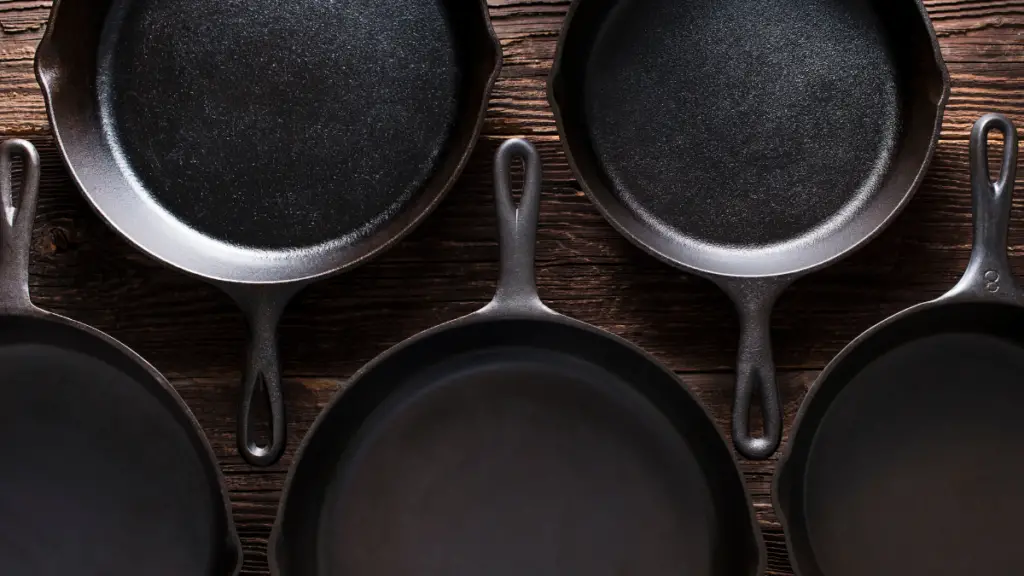
Advantages |
Challenges |
| Food Doesn’t Stick | Cleaning and Maintenance |
| Versatility | Weight and Handling |
| Even Cooking Temperature | Initial Heating Time |
Advantages of Cast Iron on the Grill
An necessary benefit of using cast iron on the grill is the non-stick properties it offers, ensuring your food cooks evenly without sticking to the pan. This feature becomes particularly useful when grilling delicate items like fish or vegetables.
Additionally, the versatility of cast iron cooking on the grill allows for a wide range of cooking options on the grill, from searing steaks to grilling vegetables. The even cooking temperature provided by cast iron helps in achieving consistent results, making it a valuable tool for any grilling enthusiast.
Challenges and Considerations
When considering cast iron cooking on the grill , it’s necessary to acknowledge the challenges it presents. Cleaning and maintenance of the cast iron skillet can be more involved compared to other cookware, requiring proper seasoning and care to ensure its longevity.
Another consideration is the weight and handling of cast iron cookware, which may be heavier and more cumbersome to maneuver on the grill. Additionally, the initial heating time of a cast iron pan can be longer than other materials, requiring preheating to achieve optimal cooking temperature.
Tips for Cast Iron Grill Care and Maintenance
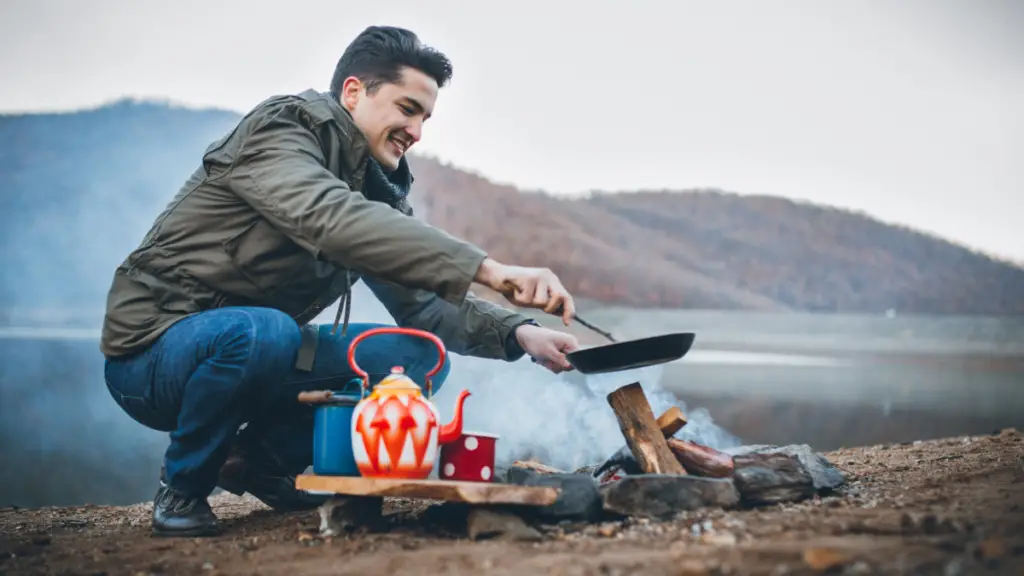
Many grill enthusiasts know that using cast iron on the grill can bring several advantages to your cookout. However, proper care and maintenance of your cast iron cookware are crucial to ensure its longevity and optimal performance. Here are some expert tips to help you keep your cast iron in top shape for many grilling seasons to come.
Cleaning Your Cast Iron After Grilling
While cleaning your cast iron after grilling may seem like a daunting task, it is crucial for preserving the quality of your cookware. After each use, make sure to clean your cast iron pan with warm soapy water. Use a stiff brush to scrub away any food particles, and dry the pan thoroughly with a paper towel. It’s important to avoid soaking your cast iron or leaving it wet for extended periods to prevent rust from forming. Assume that proper cleaning after each use is the key to maintaining the non-stick quality and finish of your cast iron cookware.
Storing Cast Iron Cookware Properly
One crucial aspect of cast iron care is storing your cookware properly. After cleaning and drying your cast iron, store it in a cool, dry place. Avoid stacking cast iron pans on top of each other, as this can lead to damage and scratches on the cooking surface. Your cast iron will last longer and maintain its quality if stored in a location where it is protected from moisture and humidity.
Remember to always store your cast iron cookware with care to prevent any potential damage. There’s nothing worse than pulling out your cast iron pan only to find it covered in rust. Preventing rust and corrosion is crucial for the longevity of your cast iron cookware. Cleaning your cast iron properly after each use is crucial, as mentioned above. Additionally, make sure to season your cast iron regularly to maintain its protective layer. This will help prevent rust from developing and keep your cookware in top condition for years to come.
Conclusion
As a reminder, cast iron cooking on the grill can elevate your grilling experience to new heights. With benefits such as non-stick cooking, versatility, and even cooking temperatures, a cast iron skillet can be a game-changer for your outdoor cooking adventures. By following the tips for grilling with cast iron, caring for your pan properly, and choosing the right fuel, you can ensure that your cast iron skillet lasts for many delicious meals to come.
Whether you prefer cast iron cooking over the fire or directly on the grill, incorporating a cast iron pan into your grilling routine opens up a world of culinary possibilities. Experiment with different meats, vegetables, and cooking techniques to enhance the flavors of your dishes. With the right tools, like Ol’ Hick Cooking Pellets, you can take your grilling skills to the next level and impress your friends and family with mouth-watering grilled creations. So, fire up the grill, grab your cast iron skillet, and get ready to enjoy the delicious results of cooking with cast iron.
